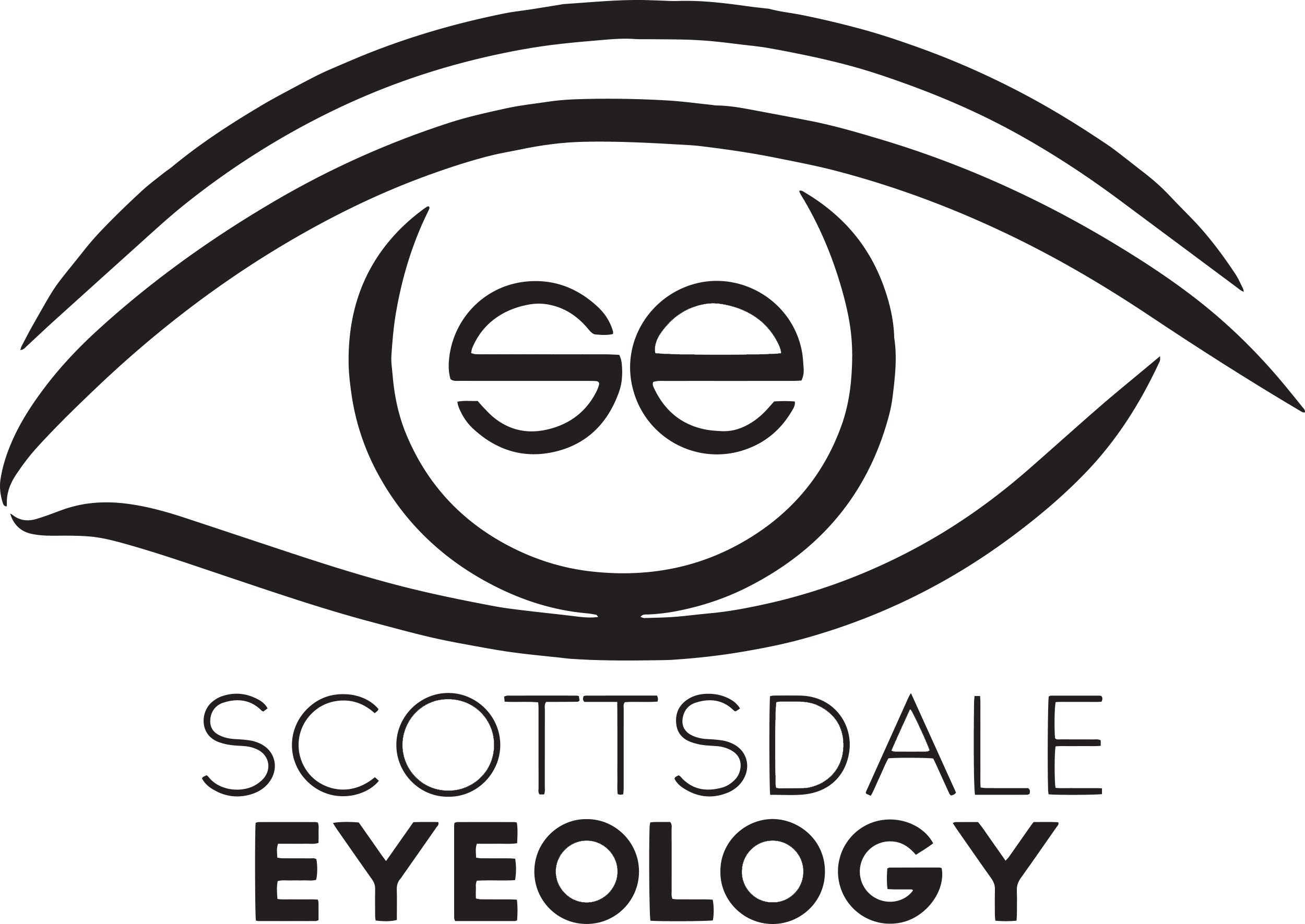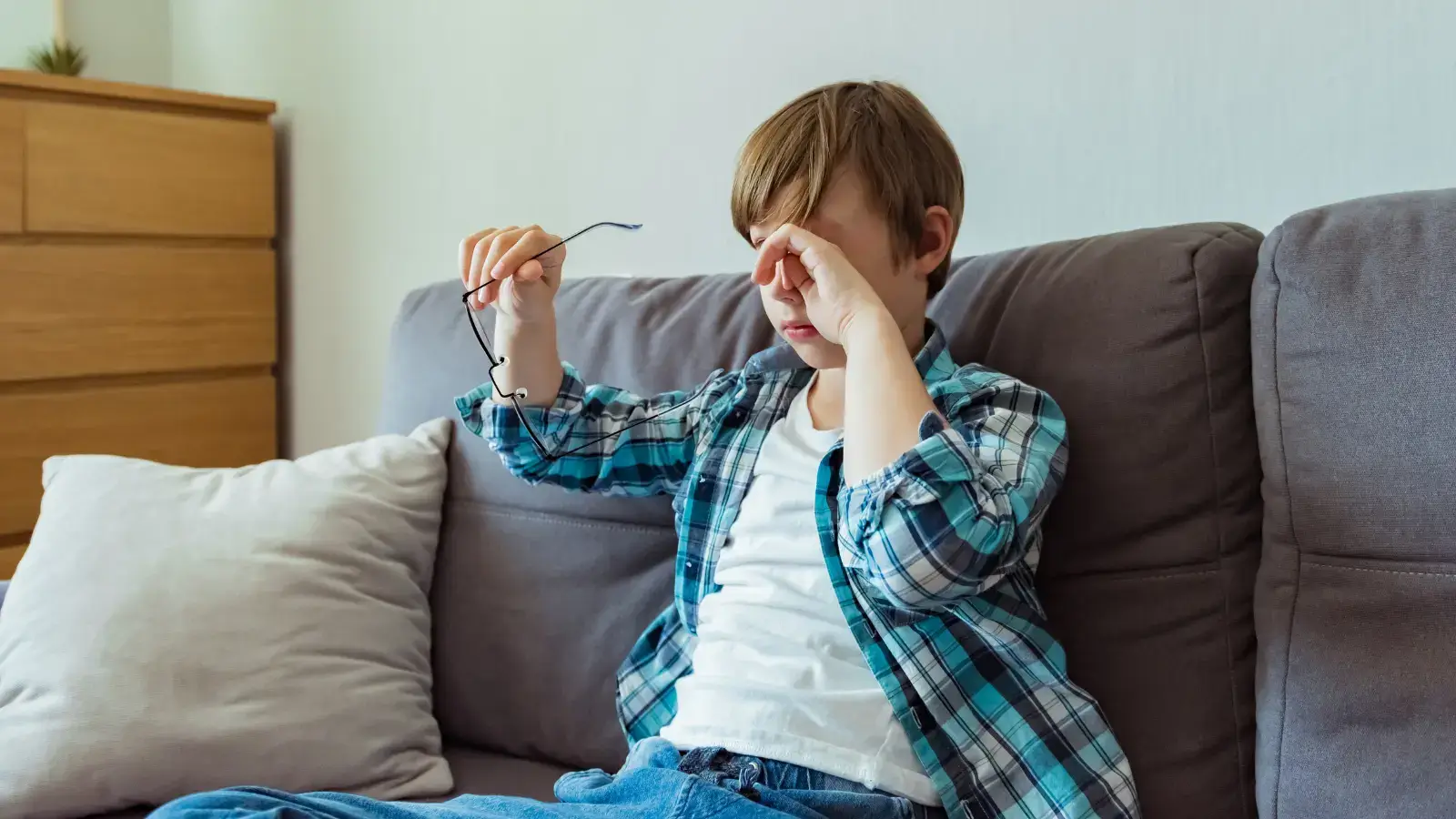Myopia, or nearsightedness, is on the rise among children worldwide. This condition makes it difficult to see distant objects clearly, often leading to squinting and headaches. While glasses and contacts can correct vision, there’s a new frontier in eye care- myopia management for kids. This proactive approach aims to slow down nearsightedness progression.
Consequently, it can reduce future eye complication risks. This blog explores myopia management strategies that benefit your child’s vision. We’ll delve into the latest scientific findings. Expert insights and practical tips will follow. This information empowers you to make informed decisions about your child’s eye health.
Why is Myopia Management for Kids Important?
Uncontrolled myopia can lead to several serious eye health concerns later in life. Here are some potential complications and the importance of early intervention:
- Glaucoma: Increased pressure within the eyeball can potentially damage the optic nerve, crucial for transmitting visual information from the eye to the brain. If left untreated, glaucoma can lead to gradual vision loss and even blindness. According to the American Academy of Ophthalmology, managing myopia early can significantly reduce the risk of developing glaucoma later in life.
- Myopic Macular Degeneration: This condition is a leading cause of vision loss, affecting the central area of vision responsible for sharp, detailed sight. It typically develops in individuals with severe nearsightedness (myopia) and involves degenerative changes to the macula, a part of the retina essential for clear vision. Over time, myopic macular degeneration can cause blurred central vision, difficulty reading or recognizing faces, and even central scotomas (blind spots). Studies published in Ophthalmology journal highlight the increased risk of myopic macular degeneration in unmanaged myopia cases.
- Retinal Detachment: This serious condition occurs when the retina separates from the back of the eye, disrupting the normal flow of nutrients and oxygen to the retina, leading to vision loss if not promptly treated. Symptoms can include sudden flashes of light, a sudden increase in floaters, and a curtain-like shadow over the field of vision. Early intervention in myopia can significantly reduce the risk of retinal detachment.
Breakthrough Strategies
Recent advancements in myopia management offer promising solutions to slow down the progression of nearsightedness in children. Here are some of the most effective strategies, backed by scientific research and clinical studies:
- Atropine Eye Drops: Low-dose atropine drops are clinically proven to effectively slow down the elongation of the eyeball, a key factor in myopia progression. Unlike traditional medications, low-dose atropine has minimal side effects, making it a well-tolerated option for many children. A study published in the Journal of the American Association for Pediatric Ophthalmology and Strabismus indicates that low-dose atropine can reduce myopia progression by up to 50%.
- Orthokeratology (Ortho-K): These specially designed rigid gas-permeable contact lenses are worn overnight, gently reshaping the cornea while you sleep. This results in improved vision during the day without the need for daytime wear. Research published in the British Journal of Ophthalmology shows that Ortho-K lenses can significantly slow down myopia progression in children.
- Multifocal Soft Contact Lenses: These lenses incorporate different powers within a single lens, providing clear vision at various distances. Studies, such as those published in the Optometry and Vision Science journal, suggest they may help slow down myopia progression compared to traditional single-vision contacts. This approach offers a practical and comfortable solution for children.
- Spectacle Lens Technologies: Innovative spectacle lens designs, such as Defocus Incorporated Multiple Segments (DIMS) or MiYOSMART lenses, incorporate specific optical zones to manage peripheral vision and potentially slow down myopia progression. Research highlighted in the American Journal of Ophthalmology supports the effectiveness of these lenses in controlling myopia.
Choose The Right Myopia Management for Kids
The best myopia management strategy for your child depends on several factors, including the severity of their myopia, their age, and their lifestyle. Here are some tips to help you navigate this decision with confidence:
- Schedule an appointment with a pediatric ophthalmologist: These specialists are trained to diagnose and manage myopia in children. They can assess your child’s specific needs and recommend the most suitable myopia management options. The American Academy of Ophthalmology provides a directory of certified pediatric ophthalmologists.
- Consider your child’s comfort level: Discuss the different treatment options with your child and involve them in the decision-making process. Some children may find wearing contact lenses overnight challenging, while others may prefer the convenience of glasses with special lenses. Ensuring your child is comfortable with the chosen method increases the likelihood of consistent use and effectiveness.
- Long-term commitment is key: Myopia management for kids is most effective when implemented consistently over time. Work with your doctor to develop a treatment plan and schedule regular follow-up appointments to monitor progress. Consistency is crucial for achieving the best outcomes, as highlighted in longitudinal studies on myopia progression.
Empowering a Clearer Future For Your Little Ones!
Myopia is a common childhood condition, but it doesn’t have to dictate your child’s future vision health. In this exploration, parents are presented with revolutionary strategies to combat the growing epidemic of myopia in children. Through a combination of cutting-edge technology, innovative treatments, and proactive lifestyle changes, we urge parents to take control of their children’s vision health like never before. Ignoring the alarming rise in myopia rates among young individuals can lead to lifelong implications for eye health and visual acuity.
With a sense of urgency, we implore parents to educate themselves on the latest advancements in myopia management and implement these breakthrough strategies without delay. The future of our children’s eyesight hangs in the balance, making it essential for every parent to arm themselves with the knowledge needed to protect their loved ones from the potentially devastating effects of myopia. A comprehensive eye exam with a pediatric ophthalmologist is the first step towards a personalized myopia management plan for kids. Don’t wait to protect your child’s precious peepers – empower them with the gift of clear vision for a lifetime!
Different Myopia Management Strategies:
| Myopia Management Strategy | Description | Benefits | Considerations |
|---|---|---|---|
| Atropine Eye Drops | Low-dose atropine drops used to slow down eyeball elongation | Minimal side effects, effective in slowing myopia progression | Requires regular application, potential mild side effects |
| Orthokeratology (Ortho-K) | Rigid gas-permeable lenses worn overnight to reshape the cornea | Improved daytime vision without glasses/contacts | Requires nightly use, potential initial discomfort |
| Multifocal Soft Contact Lenses | Lenses with multiple powers for clear vision at different distances | May slow myopia progression, comfortable for children | Needs proper hygiene, regular replacement |
| Spectacle Lens Technologies | Specially designed lenses like DIMS or MiYOSMART | Manages peripheral vision, slows myopia progression | Continuous wear needed, more expensive than regular glasses |
People Frequently Ask:
What is myopia, and why is it becoming more common in children?
Myopia, or nearsightedness, makes distant objects blurry but you can see close things clearly. This happens when your eyeball is too long or your cornea curves too much. Light focuses in front of your retina, not on it. Kids are becoming nearsighted more often. Spending too much time on screens and not enough time outside might cause this. Kids today spend a lot of time on activities that require close focus, such as using digital devices and reading, which can strain their eyes and promote myopia. Additionally, less exposure to natural sunlight has been linked to the rise in myopia cases
How can I tell if my child is developing myopia?
Common signs of myopia in children include squinting, complaining about blurry vision when looking at distant objects, sitting very close to the TV or holding books too close to their face, and frequent eye rubbing or headaches. If your child reports difficulty seeing the board at school or exhibits these behaviors, it’s a good idea to schedule an eye exam with a pediatric ophthalmologist.
Are there any risks associated with myopia management treatments like atropine drops or Ortho-K?
While myopia management treatments like low-dose atropine drops and orthokeratology (Ortho-K) lenses are generally safe, they do come with potential risks. Atropine drops can cause light sensitivity and may require the use of sunglasses outdoors. Ortho-K lenses, which reshape the cornea overnight, can sometimes cause discomfort or an increased risk of eye infections if not properly maintained. It’s essential to discuss these risks with your eye care provider to determine the best treatment plan for your child.
How effective are multifocal contact lenses compared to traditional single-vision lenses for myopia control?
Multifocal contact lenses can slow down myopia in children. These lenses are better than regular single-vision lenses. They have different powers to help eyes focus at various distances. This might slow down how quickly eyes get worse. Studies suggest that children wearing multifocal lenses experience less myopia progression compared to those using single-vision lenses.
What lifestyle changes can help in managing my child’s myopia?
Encouraging your child to spend more time outdoors can significantly help in managing myopia. Natural light exposure and looking at distant objects relax the eyes and can slow myopia progression. Limit screen time. Take breaks during close-up activities. Follow the 20-20-20 rule. Promote good reading habits. Maintain a good distance from books and screens. Ensure adequate lighting. These habits can help manage myopia.


